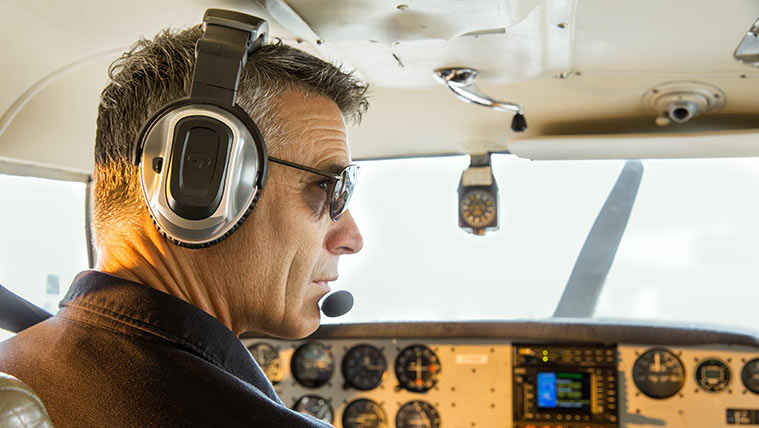There is a starting point for each student pilot. Once you have decided to join this career you need to acclimate yourself to the stresses and the responsibilities of your job. You have to take command of the aircraft and ensure its safety. You also have to be constantly improving yourself so that you can hone your skills and strengths. There are items that every pilot should carry and we have explained a few in the article below.

You need to carry some books with you and some of the most important will be FAR/AIM and Pilot’s Operating Handbook. The Pilot’s Operating Handbook will have information on the specific type of plane you’re flying. You can obtain information such as the runway distance you need to take off, the amount of fuel that it can hold etc. If you’re a student you can carry a few ebooks or hard copies with you so that you can study when you have time. There are many websites and companies that sell aviation supplies so you have to make sure that you get quality equipment. There are also many charts that you need to carry depending on the location that you’re flying in. You can get the relevant sectional chart for your route from your aviation school or academy. In this case you can visit Pilot Communications to find the best aviation supplies.
Aviation headsets are another item. Their quality may vary depending on the type and cost of the headset you’re buying. They come with an array of features and make sure that you purchase one that you’re comfortable with. A GATS jar will help you stump your fuel so that you are able to pour it back into the fuel tanks without the risk of contamination. It is a good item to have as you cannot always predict when you will be taking flight. Another important item is E6B that you can calculate a lot of important factors with such as estimated flight time, fuel burn etc. INOP covers are good for student pilots that will help with your instrument scan. You should also keep your logbook with you at all times. This is where you keep your flight hours and record your training. If you’re flying for pleasure, you can go for any logbook there is but you will need a larger one if you’re a professional pilot. You also need a checklist for the model and type of aircraft you will be flying in. You have to check a variety of things before you get on and start the engine, take off and also before landing. This will be a way to ensure your safety.
